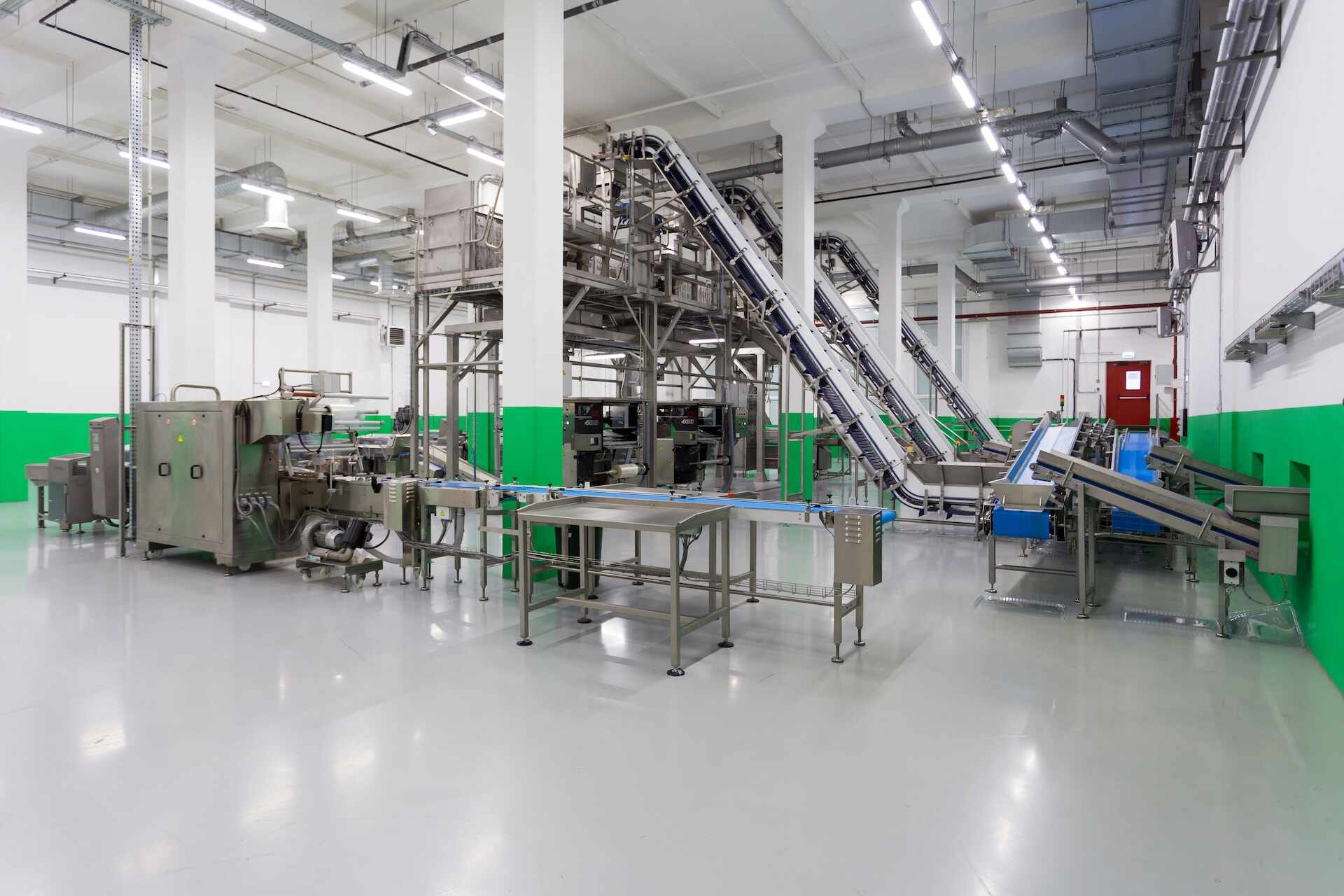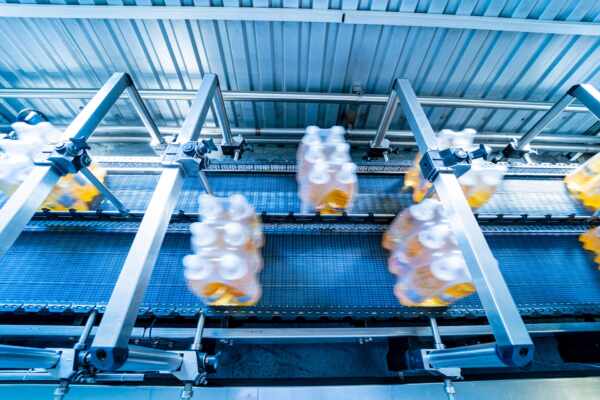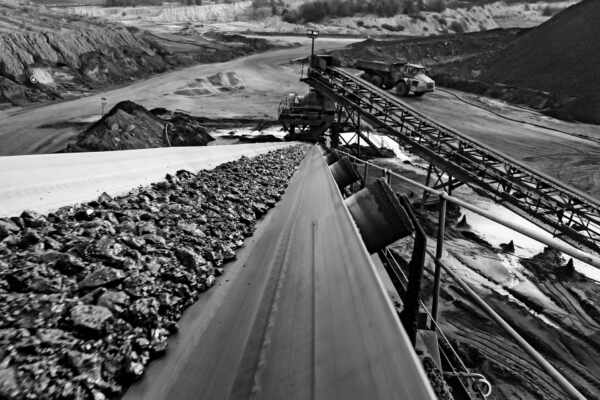Conveyor belt systems play a vital role in streamlining operations across a wide range of industries, from food processing to pharmaceuticals and automotive manufacturing. Given the diversity of applications and industries, there are numerous conveyor belt types, each designed to cater to specific requirements and production goals. As a facility manager or engineer, understanding the different conveyor belt types and their unique features can help you make informed decisions when selecting a conveyor belt system that best suits your needs.
In this comprehensive guide, we will delve into the intricacies of various conveyor belt types, exploring their unique features, construction materials, and applications across different industries. From steel belts ideal for high-temperature operations to modular belts that offer unparalleled versatility, we’ll provide you with the knowledge you need to make the best decision for your facility. Additionally, by partnering with conveyor belt experts like Change Parts Pty Ltd, you can ensure expert consultation, guidance, and tailor-made solutions designed to optimise efficiency and productivity for your specific operation.
Exploring Material Options for Conveyor Belts
The material composition of a conveyor belt is a crucial factor to consider, as it determines the system’s durability, versatility, and ability to withstand a range of environmental conditions:
1. Rubber Conveyor Belts
Rubber conveyor belts are widely used across numerous industries and are known for their flexibility, durability, and adaptability. They come in a variety of formulations, including food-grade rubber for food processing applications and oil-resistant rubber for industries subject to grease and oil exposure.
2. PVC Conveyor Belts
Polyvinyl chloride (PVC) conveyor belts offer a less flexible but more durable alternative to rubber. These belts are resistant to water, chemicals, and wear, and they have a firmer surface, making them suitable for various applications, including assembly lines and packaging plants.
3. Fabric Conveyor Belts
Fabric belts, typically constructed from polyester or nylon, are lightweight and highly versatile. These belts are well-suited for a wide range of applications, from agricultural to industrial. However, they may not be the best option for high-temperature or abrasive environments.
4. Metal Conveyor Belts
Metal belts, such as steel and wire mesh, are ideal for high-temperature, heavy-duty applications, as they can withstand extreme heat and heavy loads. They also offer excellent hygienic properties, making them ideal for food, pharmaceutical, and chemical industries.
Understanding Different Conveyor Belt Styles
Beyond material composition, conveyor belt systems come in various styles, each designed to cater to specific industry needs and requirements:
1. Flat Belt Conveyors
Flat belt conveyors are the most widely used conveyor type, typically found in assembly lines, packaging systems, and material handling applications. The flat belt offers a smooth surface suitable for a range of materials and products and can be customised with cleats, v-guides, or sidewalls to accommodate specific needs.
2. Modular Plastic Conveyors
Modular plastic conveyor belts consist of interlocking plastic modules, offering unparalleled versatility and adaptability. These belts are well-suited for a wide range of industries, including food processing, pharmaceutical, and automotive manufacturing. They are easy to clean, maintain, and reconfigure as needed.
3. Steel Hinge Belt Conveyors
Featuring a robust design, steel hinge belt conveyors are ideal for handling heavy and abrasive materials, such as scrap metal, waste, or large components. These belts are known for their durability and strength, ensuring efficient operations in challenging environments.
4. Troughed Belt Conveyors
Designed with raised edges that form a trough, troughed belt conveyors are commonly used for transporting loose bulk materials, such as mining aggregate, grain, and wood chips. The troughed edges help prevent spillage and allow for conveying materials at various angles.
Choosing Conveyor Belts for Specific Industries
The selection of a conveyor belt system must be tailored to the requirements of the specific industry it will serve:
1. Food Processing
For food processing applications, conveyor belt systems must comply with stringent hygiene and cleaning standards. This industry may require stainless steel or wire mesh belts for high-temperature baking or FDA-approved rubber or modular belts for handling raw or perishable products.
2. Pharmaceutical
Similar to the food industry, pharmaceutical manufacturing requires conveyor belt systems that meet strict sanitation and contamination prevention standards. Stainless steel or wire mesh belts are a popular choice for their easy-cleaning properties and compatibility with cleanroom environments.
3. Automotive Manufacturing
In the automotive industry, conveyor belt systems need to accommodate heavy components and be as efficient as possible to meet fast-paced production demands. Robust steel hinge belt systems and modular plastic belts offer an ideal solution in such cases.
4. Mining and Heavy-Duty Applications
Conveyors in mining and heavy-duty applications must be capable of handling abrasive materials, significant loads, and harsh environmental conditions. Steel hinge belt, wire mesh, and troughed belt conveyors are often well-suited for these demanding tasks.
Conclusion
Understanding the various conveyor belt types and their unique properties is essential for making informed decisions when choosing a conveyor belt system for your facility. Be sure to consider factors like material composition, conveyor style, and industry-specific requirements while making a selection.
By partnering with the experts at Change Parts Pty Ltd, you can receive personalised guidance and access to a wide range of conveyor belt solutions tailored to meet your facility’s unique needs. Together, we can help you unlock the full potential of your operation and achieve optimal efficiency and productivity.
Choose the perfect conveyor belt system for your facility’s needs with the help of Change Parts Pty Ltd. Consult with our knowledgeable team today to explore a comprehensive range of conveyor belt types and solutions tailored to serve various industries and applications.




